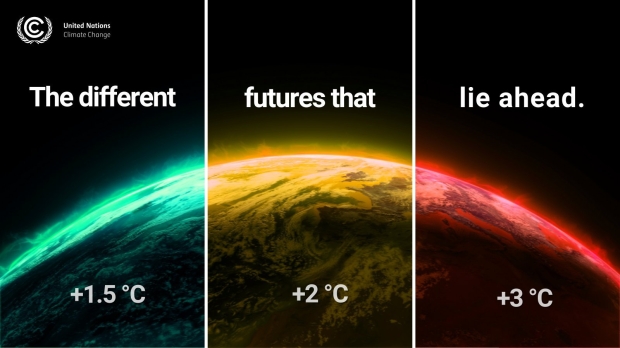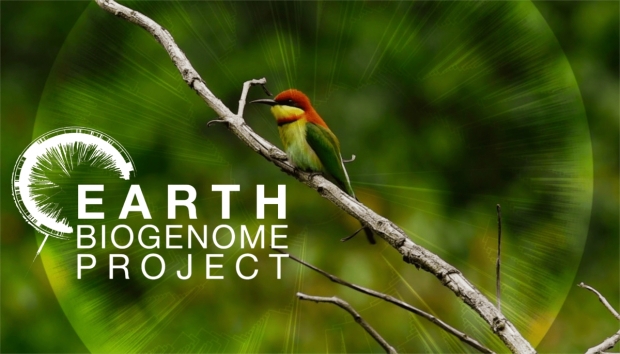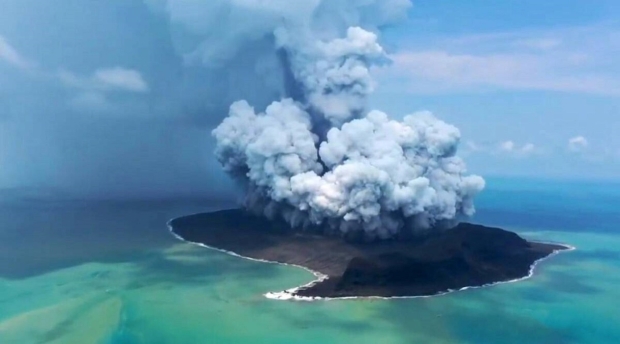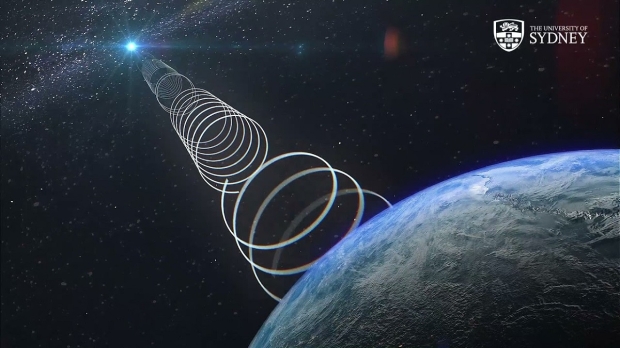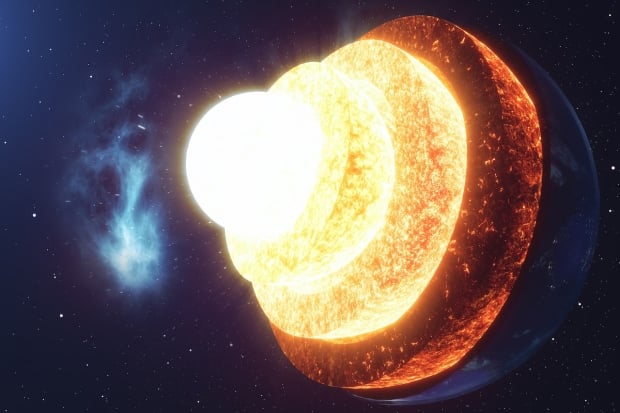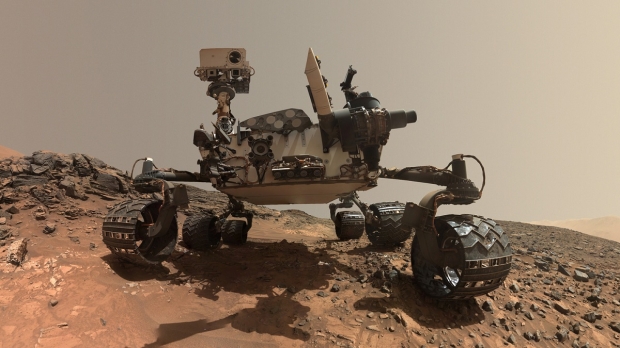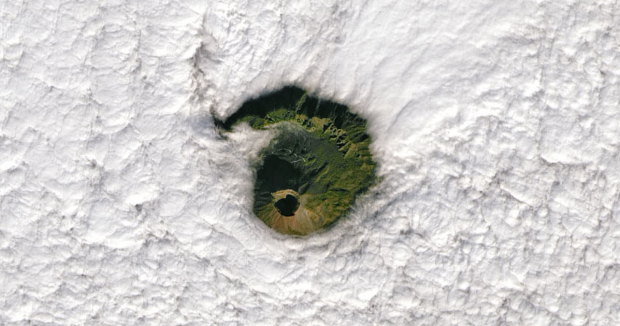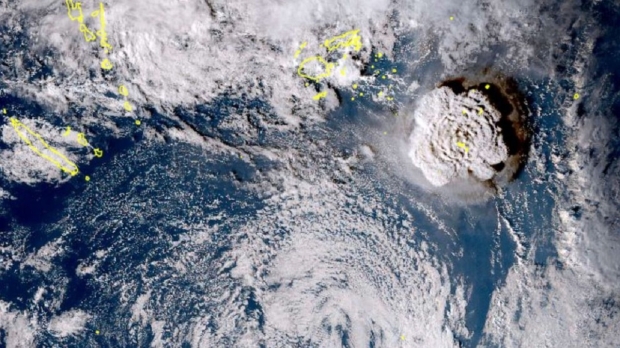Science, Space, Health & Robotics News - Page 201
Growing Starlink constellation could affect future space observations
A new study on the satellites' impact has been published in The Astrophysical Journal Letters.
Astronomers are concerned about the effect that SpaceX's Starlink satellite constellation could have on their scientific observations as the constellation grows in size. Currently standing at almost 1,800 satellites orbiting at an altitude of roughly 550 kilometers (341 miles), SpaceX plans to expand the constellation to 10,000 satellites by 2027.
A team of researchers analyzed archival images taken by the National Science Foundation (NSF)-funded Zwicky Transient Facility (ZTF), operating out of Caltech's Palomar Observatory, which scans the entirety of the night sky every two days, cataloging changes. In images taken between November 2019 and September 2021, researchers identified 5,301 satellite streaks. They are most apparent during twilight observations taken at dawn or dusk, the most critical time in finding near-Earth asteroids.
Continue reading: Growing Starlink constellation could affect future space observations (full post)
555.55-carat black diamond from space up for auction, can use crypto
The rare 555.55-carat black diamond is dubbed "The Enigma" and is believed to have originated in outer space.
The auction house Sotheby's Dubai will be auctioning off the 55-faceted diamond in London in February. It expects the diamond will be sold for at least 5 million British pounds ($6.8 million), and they intend to accept cryptocurrency as a possible payment.
Black diamonds are also known as carbonado and are found naturally only in Brazil and Central Africa. Their origin is unknown, and six different hypotheses have been proposed, two of which refer to cosmic origins. They may have formed inside a giant star that then became a supernova, flinging the material toward Earth. They may also have come from asteroids, either directly or due to a collision with another interstellar object.
Continue reading: 555.55-carat black diamond from space up for auction, can use crypto (full post)
UK Government: Earth could see '4°C warming by 2100'
The projection comes as part of the Third UK Climate Change Risk Assessment (CCRA3) submitted to the UK Parliament.
The CCRA3 is required by the Climate Change Act 2008 and is partly based on an independent Technical Report produced by a team of over 600 researchers, led by the University of Exeter and Met Office. The Technical Report concludes that global warming increases risks to the UK's natural environment, human health, communities, infrastructure, businesses, security, migration, and supply chains.
"One of the key conclusions from the University of Exeter's work was that current worldwide policies could result in up to 4°C warming by 2100. The agreements made at the COP26 climate summit in November have reduced the likelihood of this, but it remains possible," said Professor Richard Betts MBE, who led the team.
Continue reading: UK Government: Earth could see '4°C warming by 2100' (full post)
Massive genome sequencing project of all known species' begins
The work is headed by the Earth BioGenome Project (EBP), with a new paper describing its goals, next steps, and current achievements being published in the journal Proceedings of the National Academies of Sciences.
After launching in November 2018, the EBP is moving from its initial pilot projects to full-scale production sequencing. The goal of the EBP is to catalog complete DNA sequences for all 1.8 million named plant, animal, fungi species, and single-celled eukaryotes.
The project networks other efforts to sequence the DNA of life on Earth from other nations worldwide, such as the California Conservation Genome Project (U.S.), Darwin Tree of Life Project (Great Britain and Ireland), the Vertebrate Genome Project, and the 10,000 Bird Genomes Project. With the Earth forecasted to lose half of its biodiversity by the end of the century if nothing is done to stop climate change, the project serves to archive life on Earth as we know it and help protect our ecosystems and help prevent biodiversity loss.
Continue reading: Massive genome sequencing project of all known species' begins (full post)
Tonga estimates damage after devastating volcanic eruption and tsunami
On January 15, an underwater volcano several miles off the coast of Tonga erupted, causing the islands to be blanked in toxic volcanic ash.
An underwater volcano located 40 miles north of the capital of Tonga erupted, causing a massive plume of toxic smoke to be shot up into the atmosphere, reaching an altitude of 12 miles. The eruption immediately spawned a four-foot tsunami that hit the capital of Tonga. Additionally, the eruption knocked out most means of communications with the outside world as an underwater cable has been severed, which may take a week to restore.
Australia and New Zealand have sent surveillance flights over to Tonga to assess the damage, and reports indicate that there isn't mass causalities but significant damage to houses and resorts. On top of the physical damage from the tsunami, volcanic ash is blanketing the region and contaminating drinking water. Most residents aren't aware that the ash is toxic, which poses as a major health concern for many, said Tonga's deputy head of mission in Australia, Curtis Tu'ihalangingie.
Continue reading: Tonga estimates damage after devastating volcanic eruption and tsunami (full post)
Unknown objects at the heart of Milky Way are sending Earth signals
A team of researchers detected radio signals coming from the center of the Milky Way, and then they mysteriously disappeared.
The ASKAP radio telescope located in Australia performed a survey that included 2 million objects, and each of the objects was being classified by a computer and researchers. One object, in particular, wasn't able to be classified by the computer or researchers and became an immediate object of interest as, throughout 2020, the object emitted six radio signals over the course of nine months. The researchers hadn't seen anything like this before.
Scientists attempted to locate the object that was causing the radio signals in infrared, visible, and X-ray wavelengths but were unable to spot anything. Additionally, the object stopped emitting signals for months on end, and then researchers re-detected it around a year after it was first discovered. While the signals aren't officially classified as anything yet, researchers are using the placeholder name "galactic center radio transients" (GCRTs).
Continue reading: Unknown objects at the heart of Milky Way are sending Earth signals (full post)
Scientists say Earth's core may be cooling faster than they thought
Researchers have discovered that Earth's core may be cooling much faster than previously anticipated after performing interesting tests on bridgmanite.
A team of scientists from Carnegie and ETH Zurich decided to perform an experiment on bridgmanite, a miner that is found in large quantities at the boundary between Earth's outer core and its lower mantle. The researchers used a diamond anvil cell and combined it with bridgmanite samples. The diamond anvil cell was then placed in front of a laser to simulate the high pressure and temperature found at the boundary region and then observed the cooling process with an optical absorption system.
The results from the experiment indicated that bridgmanite was much better at conducting heat than previously thought, in fact, it was 1.5 times better. Due to higher heat conductivity, a higher rate of cooling takes place, which means that Earth's core will cool down faster than what was previously estimated. Additionally, once bridgmanite cools, it turns into a mineral dubbed post-perovskite, which as Interesting Engineering reports, "conducts heat at an even faster rate".
Continue reading: Scientists say Earth's core may be cooling faster than they thought (full post)
NASA rover discovers carbon on Mars that may be biologically produced
Researchers have penned a new study that details an analysis of carbon isotopes in sediment samples taken by NASA's Curiosity rover located in the Gale Crater, Mars.
Curiosity has spent the last nine years roaming the surface of the Gale Crater, and along the way, it has taken samples of rock that have then been analyzed by its instruments. The data from that analysis is then relayed back to researchers on Earth for interpretation. According to a new study published in the Proceedings of the National Academy of Sciences, analysis on carbon isotopes has uncovered three possible origins for the carbon.
Researchers note that all three of the possible origins of the carbon are "unconventional", and are "unlike processes common on Earth." The researchers explained that carbon has two stable isotopes, carbon 12 and carbon 13. By examining how many of each are in a sample, the researchers can determine, to at least some degree, the specifics of the carbon's origin despite the age of the sample.
Continue reading: NASA rover discovers carbon on Mars that may be biologically produced (full post)
NASA snaps image of Mount Vesuvius looking through a sea of clouds
Mount Vesuvius is one of the most dangerous volcanoes on Earth, and now an incredible bird-eye view of the volcano has been captured with a NASA satellite.
NASA's Landsat 8 satellite has been used to capture a phenomenal image of one of the few active volcanoes located on Europe's mainland. NASA's Earth Observatory blog post explains that Mount Vesuvius is a "composite stratavolcano" that is comprised of "pyroclastic flows, lava flows and debris". These volcanic debris have accumulated over thousands of years to form the iconic volcanic cone we can see in the above image.
The blog post notes that more than 3 millions people live in Naples, a city in Italy and around 800,000 people live on the slopes of the volcano, making it "one of the most dangerous volcanoes on the planet". Vesuvius has had eight major eruptions in the last 17,000 years and the most famous would have to be an eruption that occurred in A.D 79 when the volcano wiped out the roman city of Pompeii and Herculaneum. The most recent eruption occurred on March 17, 1944 and the volcano destroyed the village of San Sebastiano, Italy.
Continue reading: NASA snaps image of Mount Vesuvius looking through a sea of clouds (full post)
Volcanic eruption causes big tsunami to hit Tonga knocking it offline
A powerful underwater volcano located about 40 miles south of Tonga has erupted, spawning a tsunami that has now impacted the mainland.
The eruption happened on January 15 and was captured on film from the U.S. National Oceanic and Atmospheric Administration's (NOAA) GOES-West Earth-observing satellite. The footage showcases a large mushroom cloud of toxic ash erupting from the ocean and climbing as high as 12 miles in altitude. The eruption caused a sonic boom and a 4-foot tsunami to hit Tonga's capital of Nuku'alofa.
Tongan Olympian, Pita Taufatofua, has announced a GoFundMe page dedicated to providing relief for all Tongans affected by the tsunami. According to the description on the GoFundMe page, the eruption has "devastated Tonga," and that all communications with the island have been cut off.
Continue reading: Volcanic eruption causes big tsunami to hit Tonga knocking it offline (full post)




